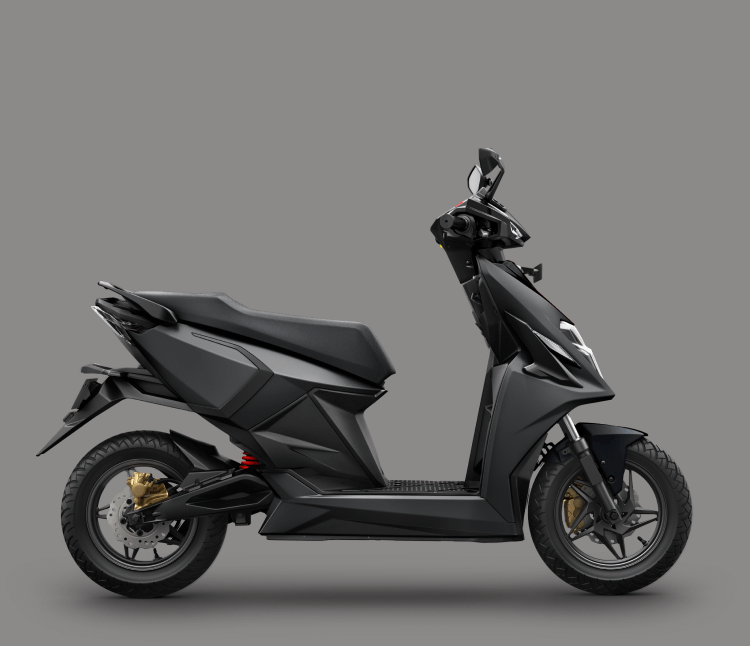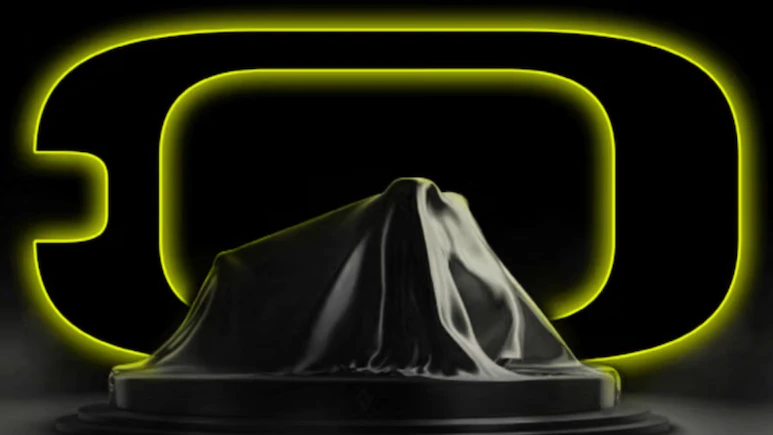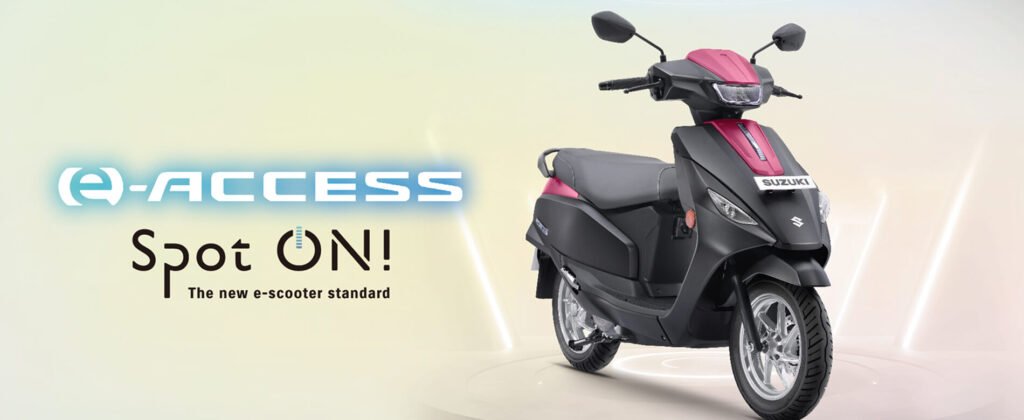In the ever-evolving world of electric scooters, few stories have been as tantalizing—or frustrating—as that of Simple Energy’s Simple One. Will this Bengaluru-based startup finally deliver a scooter that’s as reliable as it is revolutionary? Should you join the queue after years of false starts and whispered delays? These are the burning questions for anyone eyeing the Simple One or its stripped-down sibling, the Simple Dot One (now rebranded as the OneS in some markets). We’ll circle back to that verdict, I promise. First, let’s peel back the layers on this Gen 1.5 production model—the one hitting roads today—and decide if it’s worth your hard-earned rupees.
Before we rev the engine, a quick detour: If you’re navigating the chaos of two-wheeler buying, the Motoring App could simplify your life (pun very much intended). Dive into the “Guides” section for 25-30 tailored videos on any vehicle, plus essential buying intel. Hit “Ask an Expert” at the bottom to ping me, Kartik, or our senior team directly—no bots, just straight talk. It’s free to download and use, so whether Simple’s story sours or sweetens, at least your research won’t. Check it out; your future self will thank you.
Rewind to August 15, 2021: Simple Energy and Ola Electric both cracked open bookings for their debut EVs. One became a benchmark for stellar service; the other, a masterclass in vanishing acts. Independence Day wasn’t kind to EV dreamers that year. Simple’s Simple One promised the moon—a massive 5kWh battery, 250km+ range, and swappable packs—but deliveries? A ghost story.
Three prototypes later, we’ve landed at Gen 1.5. Why the disappearing act? Simple won’t spill, but India’s EV scene is a brutal proving ground: skittish investors, supply snarls, and fire scandals that spooked the government into policy pivots. Fast-forward to 2025: Production’s humming in Hosur, Tamil Nadu. Deliveries are rolling out—over 2,500 units sold, mostly in Bengaluru and southern hubs—with plans to double dealerships by April. New stores and service centers are sprouting, and the company’s even debuted India’s first heavy rare-earth-free EV motor, slashing import woes. history’s in the rearview, they insist. But should you buy the optimism? We’ll throttle that later. For now, the spotlight’s on the scooter itself.
At its core, the Simple One is a battery behemoth. That 5kWh pack (split into a 3.7kWh fixed floor unit and a 1.3kWh removable under-seat pack) is the original hook. Claimed IDC range? A juicy 248km in Eco mode, up from 212km thanks to algorithm tweaks.
For context, TVS’s iQube ST (5.3kWh) squeezes out less on a bigger battery—and costs more. The party trick? Yank the portable pack home for overnight charging, swap in spares for marathon days, or ditch it for short hops to lighten the load.Under the hood: An in-house 8.5kW (11.4bhp) motor churning 72Nm torque, hitting 105km/h tops and 0-40km/h in 2.77 seconds in Sonic mode.
Four modes—Eco, Ride, Dash, Sonic—let you dial in the vibe, with OTA updates, a 7-inch TFT touchscreen, TPMS, geo-fencing, navigation, and park assist keeping things connected. Price? Starts at ₹1.66 lakh ex-showroom Bengaluru (subsidies vary). But specs are just foreplay. How’s the ride?
Hop on, and echoes of the Ather 450X hit hard—sporty stance, substantial feel (115kg kerb), but dialed up a notch in size. That’s a win; the 450X is a segment slayer, miles ahead of Ola’s often-maligned fleet. Simple’s borrowed that suspension DNA: taut and eager on smooth tarmac, carving corners with grippy TVS Eurogrips that inspire grins.
But pothole hell? Shocks jar rider and pillion alike. It’s not outright uncomfortable—call it “firmly committed”—yet benchmarks like the 2025 Suzuki Access have lapped it in plushness.The seat’s a mixed bag. Sloped for accessibility (770mm height), it’s wide enough for scooching but induces thigh burn on commutes, especially with that elevated battery perch. Underseat storage? 30-35L (sans portable pack), decent for helmets or groceries.
Floorboard’s flat and friendly, but the hook’s puny—plastic bags only. Charger woes persist: No included bag or wall mount means cramming it underseat (eating space) or endless stair treks. Pro tip: The portable pack’s top-mounted contacts scream “leak-proof,” so stash dry goods below it guilt-free.Performance should be the mic-drop. Full charge? Sonic and Dash are fireworks—fun, flickable, with Eco even surprising zip. But here’s the gut-punch: Below 50% charge (80km left on a 160km real-world stint), you’re eco-locked. Acceleration lags, tops drop to 35-50km/h on flyovers. It’s like flooring a Ferrari that hits limp mode halfway home. Throttle calibration? Wonky—closing it spikes speed 3km/h before braking, unnerving in traffic. Needs a firmware fix, stat.Range shines brighter. I hammered 110km flat-out across modes; careful throttling netted 150km. Cautious riders? 165-170km easy, though predictions overestimate by 6-10km (slopes bite harder than advertised).
Charging: 6.5 hours to 80% (2.5 for fixed, rest portable). Overnight’s fine, but for sub-70km days, skip the portable—grab the OneS (₹1.4 lakh, 181km range) instead.
Brakes bite well but feel numb; wet-weather tire confidence wanes. Features? Solid but not segment-leading—fewer smarts than Ather’s ecosystem.
Small print first (full FAQ on the Motoring App: headlight’s punchy, warranty’s 3 years/30,000km, service is growing but spotty). No shocks there.The million-rupee question: Buy now? Yes for the bold few; no for the masses. If you’re near one of their 10-20 outlets (expanding, but urban-centric), crave unicorn range, and embrace startup rough edges (hiccups included), this is your steed. It’s unique, potent when peaked, and a fresh voice in a sea of sameness. But for most? Wait. Limited network means delivery deserts abound; past delays (1 lakh bookings, thousands undelivered till mid-2023) breed salt.
Performance fades fast, comfort lags, and competitors like Ather or TVS offer smoother sails.



